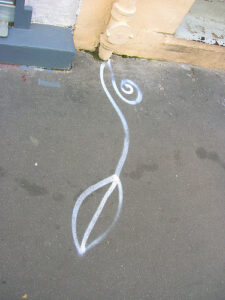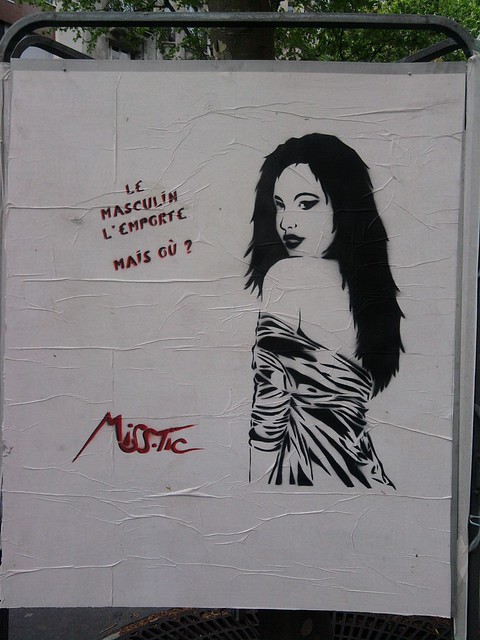 Good morning, good morning. It’s early morning in Boston, where it doesn’t really ever get dark – there’s always light from the nearby buildings, the cityscape. I’m not awake yet and I want my tea. My feet are chilly but it’s too warm in the radiator apartment for the wool socks I brought down with me. My car is on the street here – it’s strange for city life to begin to feel foreign. Across the street from me is an MIT frathouse, an old heritage building, probably once a single-family mansion now turned into dorm plus gathering space for the smartypantses of America. On the second floor, there’s a huge window shaped like a bishop’s hat, stained glass amid interlocking arches at the top, and through this I can see a faded oriental rug, dark wood floors, bright lights, a couple of benches. I can’t help wondering how many times that rug has been thrown up on, cried near, how many feet have pressed soles into its shortening naps. I can’t help wondering what that rug has seen.
Good morning, good morning. It’s early morning in Boston, where it doesn’t really ever get dark – there’s always light from the nearby buildings, the cityscape. I’m not awake yet and I want my tea. My feet are chilly but it’s too warm in the radiator apartment for the wool socks I brought down with me. My car is on the street here – it’s strange for city life to begin to feel foreign. Across the street from me is an MIT frathouse, an old heritage building, probably once a single-family mansion now turned into dorm plus gathering space for the smartypantses of America. On the second floor, there’s a huge window shaped like a bishop’s hat, stained glass amid interlocking arches at the top, and through this I can see a faded oriental rug, dark wood floors, bright lights, a couple of benches. I can’t help wondering how many times that rug has been thrown up on, cried near, how many feet have pressed soles into its shortening naps. I can’t help wondering what that rug has seen.
~~ ~~ ~~ ~~ ~~
Things to Think
~Robert Bly

